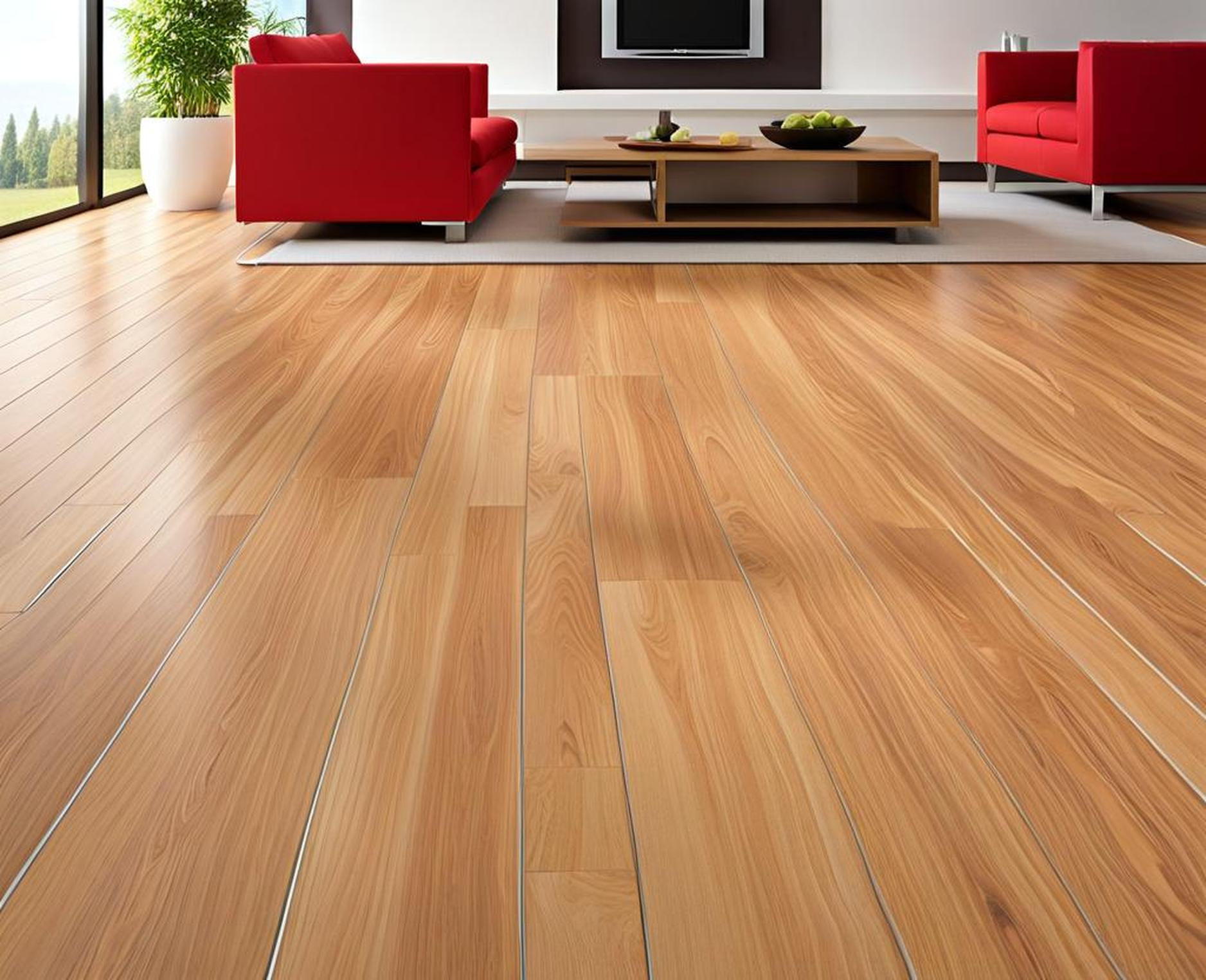It can be difficult to decide on a kitchen floor. Luxury vinyl and ceramic tile are popular options, but many homeowners are also drawn to the realistic wood looks and competitive pricing of laminate flooring. Laminate offers the visual appeal of hardwood with added durability. But is it actually a wise choice for the demanding environment of a kitchen?
The answer isn’t so straightforward. Laminate flooring has advantages that make it enticing for kitchen installation. However, there are also limitations to keep in mind regarding moisture resistance. Let’s take a closer look at the pros and cons.
The Benefits of Laminate for Kitchen Floors
Why might homeowners choose laminate over other kitchen flooring options?
- More affordable than natural wood or stone floors
- Extremely durable surface that resists scratches, scuffs, and dents
- Easy, low-maintenance cleaning with damp mopping
- Wide variety of colors and realistic wood grain patterns
- Quick DIY installation without special tools
Laminate flooring has come a long way in replicating the look of real hardwood, stone, and tile while being more budget-friendly. The top layer contains a photographic layer under a clear protective coating. This creates a convincingly natural appearance at a fraction of the cost of real wood or luxury vinyl tiles.
Advanced construction techniques also make laminate highly durable and able to withstand decades of foot traffic without showing wear and tear. The dense fiberboard core adds stability, while the surface resists scratches, scuffs from furniture, and impact. Laminate’s non-porous finish also avoids trapping dirt and spills, allowing quick cleaning.

Moisture Resistance Shortcomings
With all these advantages, why wouldn’t laminate be a home run choice for kitchen floors? There is one potential Achilles heel to consider – its relative lack of moisture and water resistance compared to materials like tile.
While laminate flooring consists of fused synthetic layers, the fibers will swell when excess moisture seeps in between the seams. The planks can warp or peel over time with frequent exposure to spills, flooding, or high humidity.
Kitchens in particular subject floors to near-constant moisture from sinks, appliances, and frequent mopping. Water can easily enter between poorly sealed plank connections. Excessive steam from dishes or boiling water increases humidity levels and leakage through gaps.
Tips for Installing Laminate Flooring in Kitchens
Proper installation is crucial to limiting the potential moisture issues of laminate flooring in kitchen spaces.
| Use underlayment | Underlayment creates a moisture barrier between the floor and subfloor. |
| Seal expansion spaces | Filler seals gaps between planks to prevent water seepage. |
| Allow room for expansion | Leave proper expansion space between flooring and walls/cabinets. |
| Acclimate planks | Let planks adjust to room temp to avoid buckling and warping. |
Taking steps to create a water-resistant barrier and seal the laminate plank connections can go a long way. Following the manufacturer’s installation guidelines is also critical.
Routine maintenance is also important. Use mats near appliances and sinks to minimize standing moisture. Immediately clean up spills rather than letting them seep in. Avoid getting excessive water on the laminate when cleaning.
The Best Laminate Floors for Withstanding Kitchens
Not all laminate flooring is made the same when it comes to moisture protection. To get the most durable laminate floor possible:
- Look for a commercial grade AC rating of AC3 or higher
- Select options with a water-resistant finish top layer
- Choose a thicker 12+ mil wear layer
- Ensure the laminate has antimicrobial properties
Premium laminate floors with these features are specially designed to withstand moisture better than basic options. The higher AC rating means the flooring has passed strict product performance tests for factors like swelling and warping.
While still inferior to vinyl or porcelain for moisture resistance, high-performing laminate can potentially stand up to years of use in the kitchen when properly installed and cared for.
Laminate offers affordable, realistic styling and heavy-duty durability that make it tempting for kitchen installations. However, its vulnerability to moisture issues over time means laminate floors require careful consideration.
For kitchens in dry climates or households with little risk of flooding and humidity, laminate can be a solid flooring choice. However, vinyl or tile may be the safer route for kitchens with frequent spills or appliances producing substantial steam.
Ultimately, laminate flooring can work successfully in kitchens under the right conditions. Armed with knowledge of its benefits and limitations, homeowners can make an informed decision on whether its rewards outweigh the risks.
